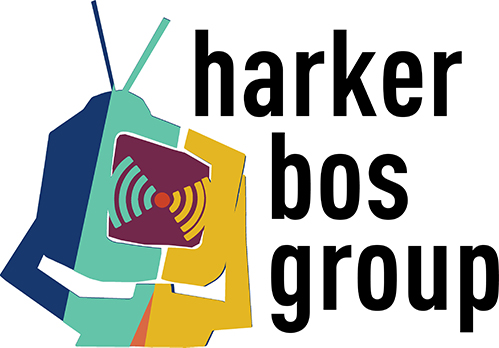At Crowd React Media, we conduct comprehensive music tests to delve into audience preferences and perceptions, providing invaluable insights for the radio industry. Our meticulously designed methodologies enable us to analyze diverse musical elements, such as appeal, fatigue and fit, aiding stakeholders in making informed decisions.
Our music tests focus on understanding audience preferences and perceptions regarding various music genres and styles. Through carefully curated surveys and listening sessions, we collect quantitative and qualitative data, providing detailed reports and actionable recommendations to enhance music-related strategies.
Typically, we measure up to 700 songs based on Appeal and Fatigue on a regular basis, usually twice a year.
Features
- Hooks: Each station provides a list of hooks to test per music test. We partner with a hook producer that can create hooks for a hooks list, and we can help oversee this process.
- Multiple Metrics: We measure both Appeal and Fatigue for each hook. We have found through many years of research that a listener may be tired of hearing a song, but still love it. Measuring these two elements separately enables each station to make better programming decisions.
- Online Methodology: All music testing is conducted online, including recruitment and participation. This method gives participants the flexibility of completing the survey from the convenience of their own home or mobile phone.
- Respondent Buy-In: Online participants will rate the music at their own pace to minimize fatigue and maintain interest levels.
- Perceptuals: We also allow the additional of around 10 perceptual questions, which gives stations a chance to work in additional research in a single test.
- Demographic Analysis: Understanding preferences across different age groups, genders, core listenership, and any other demographic data your station is interested in.
- Qualitative Insights: Open-ended questions and interviews for deeper feedback.
- Detailed Reporting: Insights, trends, and actionable recommendations presented in reports.
Use Cases

- Identifying which songs to add to a station’s playlist: Radio stations use library music tests to determine which songs to add to their regular rotation, ensuring a varied and interesting playlist for their listeners.
- Evaluating the popularity of new songs: Radio stations use library music tests to gauge the popularity of new songs, helping them decide whether to add them to their playlist or not.
- Identifying which songs to remove from the station’s playlist: Radio stations use library music tests to determine which songs have become unpopular or are no longer resonating with their listeners, helping them to remove them from their playlist.
- Creating music countdowns: Radio stations use library music tests to create music countdowns, such as the top 10 or top 40 songs of the week or month, based on listener feedback.
- Engaging with listeners: Radio stations use library music tests to engage with their listeners and gather feedback on their music preferences, helping them to tailor their playlist to better suit their audience.
- Measuring listener satisfaction: Radio stations use library music tests to measure listener satisfaction with their programming, helping them to identify areas for improvement.
- Developing themed playlists: Radio stations use library music tests to develop themed playlists, such as songs for a particular holiday, season, or event, to keep their listeners engaged.
- Evaluating the success of promotional events: Radio stations use library music tests to evaluate the success of promotional events, such as music festivals or album releases, by measuring the impact on listener engagement and playlist popularity.
- Tracking trends in the music industry: Radio stations use library music tests to track trends in the music industry, such as emerging genres or popular artists, helping them to stay current and relevant to their listeners.

